Radon is a radioactive, odorless, tasteless, colorless, Class A carcinogen gas. It comes from the natural decay of radium in the soil, and can enter buildings through cracks or even penetrate concrete. When inhaled, radon particles change DNA in the lungs. Over the course of years, radon exposure can dramatically increase the chance of lung cancer. Over a third of all buildings in Northern Illinois have radon levels over 4.0 pCi/L, the level at which the EPA warns you to take action and remove the radon. Inhaling this level of radon is roughly the same lung cancer exposure as smoking a half a pack of cigarettes a day. * Environmental Protection Agency
About
Radon
Second Leading Cause Of Lung Cancer

Same as
Half a
Pack a
Day
if at 4.0 pCi/L

Details
Worse Than Most Think
Free, No Obligation Price for Your Building.
Kills 1,100
in Illinois

Every year over 1,000 people die in Illinois from radon-induced lung cancer. Nearly 21,000 people die every year nationwide.
Nat. Cancer Institute’s 2010 Surveillance.
Illinois Emergency Management Agency – “Teacher Presentation.”

Deadlier
Than
Drunk
Driving
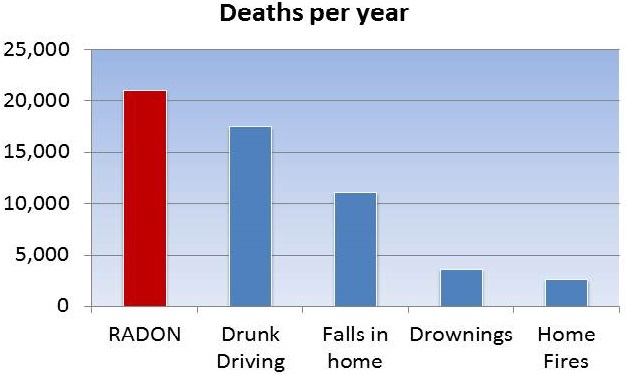
More people die from the effects of radon than they do in home fires and carbon monoxide poisoning combined. It is the #1 preventable cause of death in the home.

Check The
Research

Like with other topics, there are websites and posts that indicate that radon may be some sort of hoax. Most of this logic is based off of very old and select research.CLICK HERE TO SEE MORE RESEARCH

It’s Here!
All Counties Affected
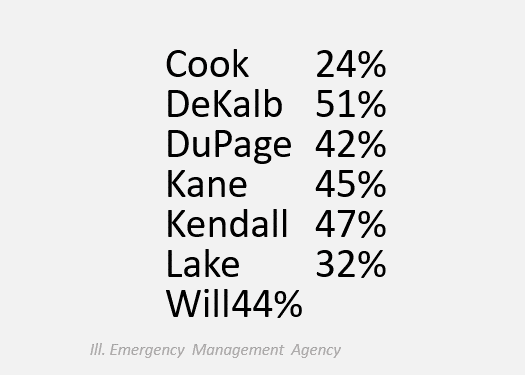
Research indicates that all Chicagoland counties have high radon levels. At right are the percentage of homes that would fail a radon test.

Affects 1 in 3+ Homes
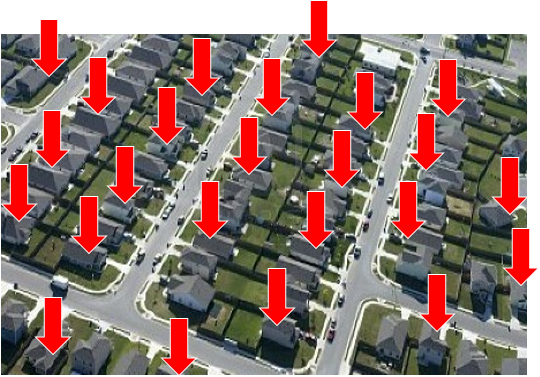
In the western suburbs, an average of more than one in every three homes is at risk of having high radon. Some neighborhoods are less affected, while some neighborhoods have radon in every home.

Test Everywhere
A Persistent Intruder
Through
the
Concrete
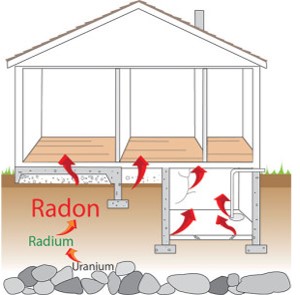
While a lot of radon enters a building through cracks in the foundation and the sump pump pit, if these are sealed, it can actually still penetrate through the concrete and through most floor coverings and coatings.

How Radon Exposure Harms
Breathe It
In

When we breathe the radon gas in, we inhale radioactive particles, referred to as progeny. These radioactive particles enter you lungs.

It Smashes
DNA
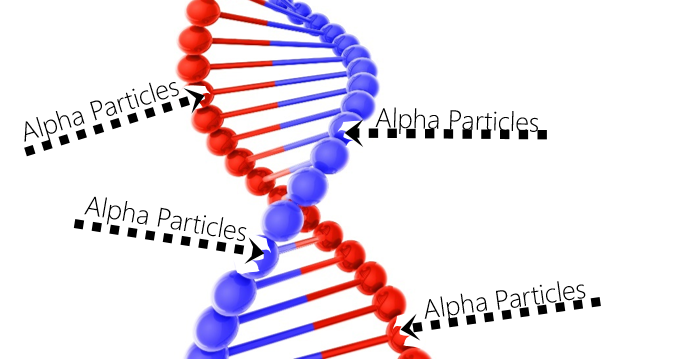
The alpha particles from the radon gas smash into and damage the DNA inside your lungs. Your body has the ability to repair this damage, but as the cycle repeats itself (typically over 10-25 years) the odds that it incorrectly fixes the DNA increase.

Damaged
DNA =
Cancer

The damaged DNA contributes to lung cancer.

More Details
Early
Encounters
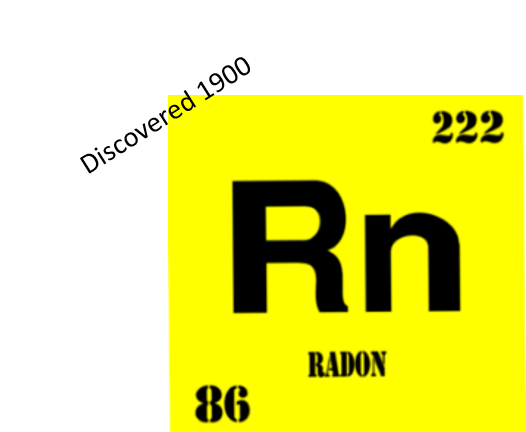
Radon was discovered in 1900 by Friedrich Ernst and was linked almost immediately to lung issues in miners exposed to very high doses. However, the link between radon in buildings and lung cancer was not heavily researched until after 1984.

What is
Radon Gas?
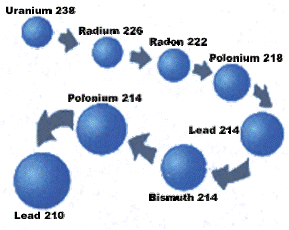
Radon is produced as part of the decay chain of Uranium 238. Each step of the decay process produces a different element with a different half-life. Uranium 238 has a half life of 4.47 billions years. Radium 226 has a half-life of about 1,600 years. Radon 222, the cancer-causing element, has a half-life of about 3.48 days before it turns into Polonium 218. The decay continues until Lead 210 is achieved. Radon in a building decays over a few days, but more enters the building continuously.

Thanks,
Stanley

In 1984, a worker by the name of Stanley Watras set off a radiation detector while helping build a nuclear power plant in Pennsylvania. However, there was no radioactive material in the plant yet. They tested his house and found very high levels of radon. This sparked intensive research into the prevalence of indoor radon and its effects.

Extensive
Research
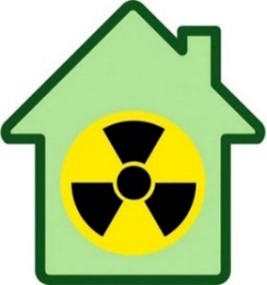
The research over the following years established an undeniable link between radon and lung cancer. They even recently began to identify the DNA damage that is strictly radon induced.

Overwhelming
Consensus

All major health organizations warn of the health risks of elevated indoor radon and recommend testing and mitigation.






